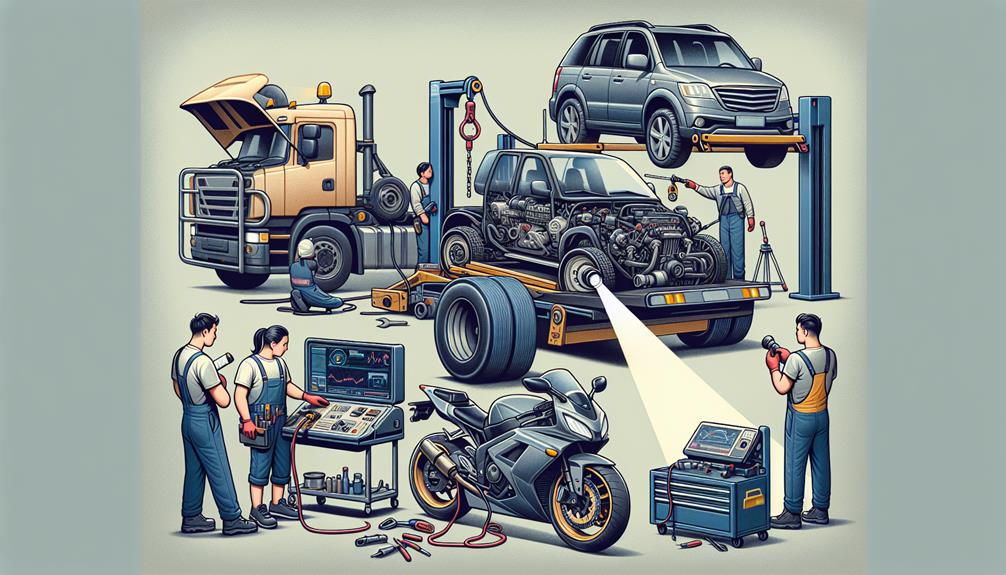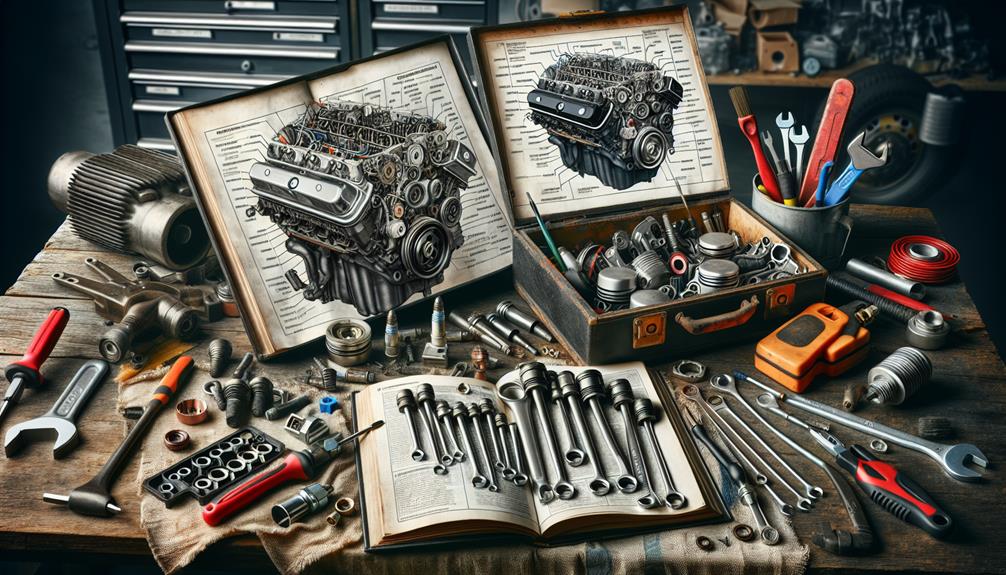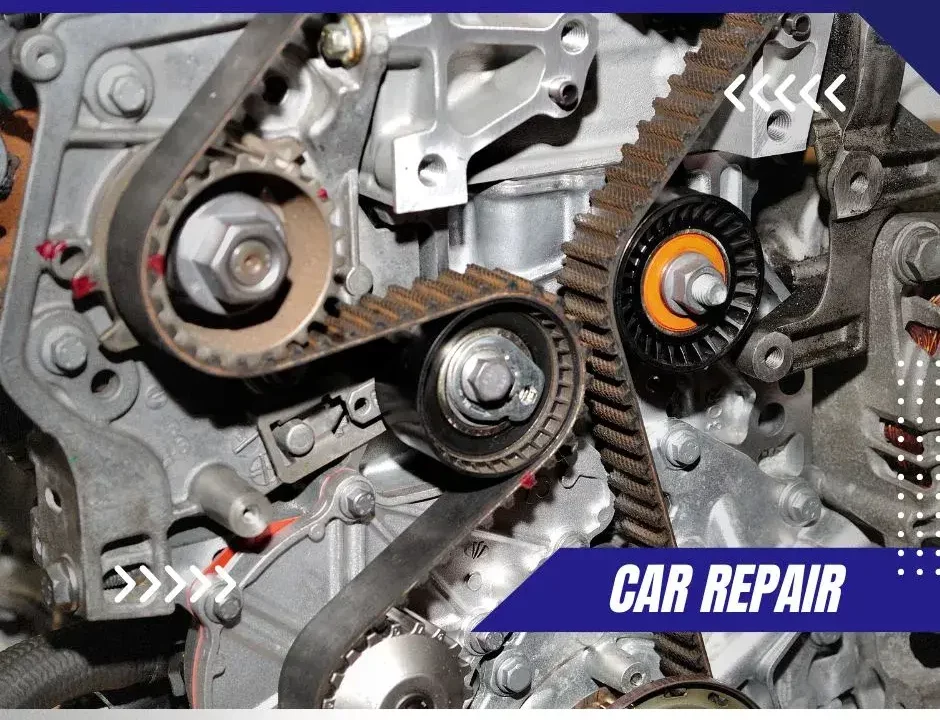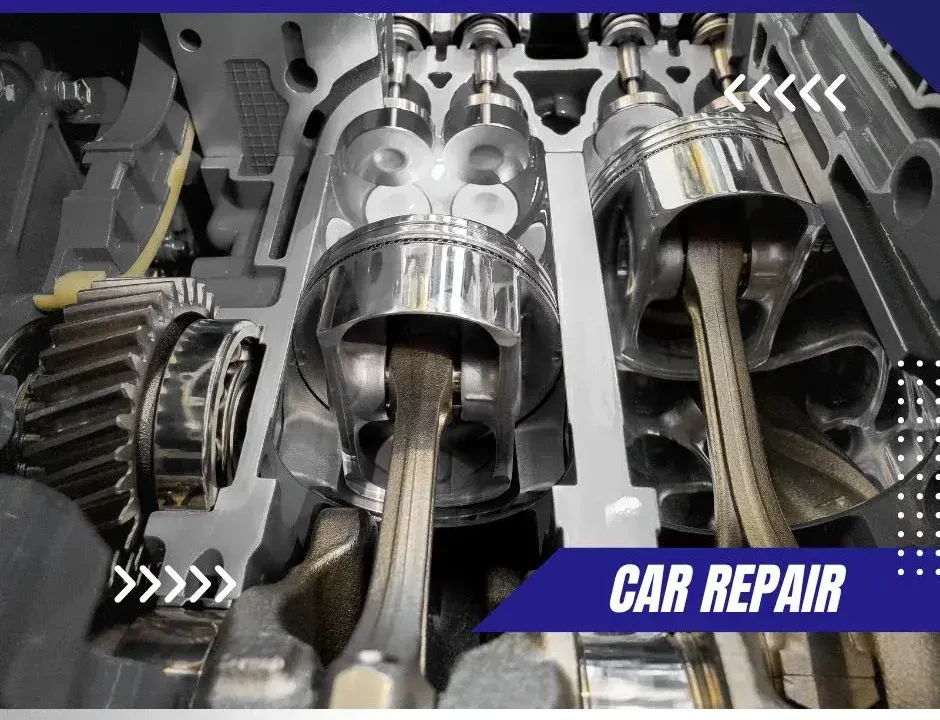
The Ultimate Guide to Vehicle Inspection: Understanding Different Types of Inspections
April 16, 2024
How to Choose the Right Parts for Your DIY Car Repair Projects
May 3, 2024Just like a well-oiled machine, your car needs regular maintenance to perform optimally and effectively. You’ve probably noticed some parts tend to wear out faster than others, causing you to make frequent visits to the mechanic.
In this discussion, we will pinpoint the top 10 car repair most susceptible to wear and, importantly, provide you with expert advice on how to repair them. We’ll cover everything from brake pads and batteries to windshield wiper blades and timing belts.
So, buckle up and get ready to gain valuable insights that could save you time, money, and unnecessary stress down the road. Trust me, you won’t want to miss what we’re about to unfold.
Brake Pads: High Wear Susceptibility
When it comes to maintaining your vehicle, you’ll likely find that your brake pads, due to their constant friction with the brake disc, wear out quicker than most other components. It’s not just about the wear and tear, it’s the nature of the beast. You see, every time you hit the brakes, you’re literally grinding away at the pads. So, it’s no surprise they’ll need replacing more frequently.
But don’t worry, you’re not alone in this. Every driver faces the same struggle. Regular check-ups can save you from sudden brake failure. Remember, a squeaking sound or a longer stopping distance may be your early warnings.
Just like you, we’re all part of this community, seeking to keep our rides safe and smooth.
Understanding Tires and Their Deterioration
Just like your brake pads, your car’s tires are also victims of relentless wear and tear, and understanding their deterioration is crucial for ensuring a safe and smooth ride.
* Tread wear: Your tire’s tread gradually lessens over time, hampering the grip on the road. Regularly check for uneven wear patterns.
* Sidewall damage: If you spot cracks in the sidewalls, it indicates the tire is breaking down.
* Bulges and blisters: These signal a weak outer surface, posing a risk of a sudden blowout.
* Vibration: Excessive vibration during driving may indicate alignment or balance issues, or even internal tire damage.
* Aging: Tires older than 6 years need to be checked regularly, even if they seem fine.
Keep an eye on these signs, and you’ll avoid unexpected tire-related troubles.
Battery Life: Regular Maintenance and Repair
While keeping your tires in top shape is crucial, don’t overlook the importance of your car’s battery; regular maintenance and repair are key to prolonging its life and ensuring your vehicle’s reliability.
To keep your battery in prime condition, you should clean off any corrosion on the terminals and cables. This is a simple task you can do with a wire brush and a solution of baking soda and water.
Also, ensure your battery is secure to avoid vibration, which can lead to internal damage and short circuits. Regularly check the battery’s charge, ideally every month. If it’s below 12.4 volts, it needs charging.
Lastly, always seek professional help if you’re uncertain. You’re part of our driving community, and we want you safe on the road.
Dealing With Worn Out Spark Plugs
Your car’s spark plugs, those tiny conductors of the ignition spark, are susceptible to wear and tear and require your vigilant attention to ensure optimal performance. Recognizing the signs of wear is key to keeping your car running smoothly.
When dealing with worn out spark plugs, consider these steps:
* Inspect the spark plugs regularly. Look for any visible signs of wear or damage.
* Use a spark plug gap tool to check the gap between the electrode and the ground.
* Clean the spark plugs with a wire brush and spark plug cleaner.
* If they’re beyond repair, replace them. Don’t skimp on quality – your car’s performance depends on it.
* After replacement, ensure the spark plugs are correctly gapped and installed.
The Importance of Regular Oil Changes
Moving on from spark plugs, another critical area demanding regular attention is your vehicle’s oil; neglecting timely oil changes can lead to severe engine damage over time. You’re part of a community that values their vehicles, and regular oil changes are a key responsibility.
Oil serves as a lubricant, reducing friction between engine parts and preventing overheating. Over time, it breaks down and accumulates debris, reducing its effectiveness. That’s why it’s vital to change your oil every 3,000 to 5,000 miles. Failure to do so can result in poor engine performance, higher fuel consumption, and even engine failure.
Don’t let this happen to your prized possession. Be proactive, schedule regular oil changes, and keep your engine running smoothly.
Transmission System: Common Problems and Fixes
Next on our list is the transmission system, a crucial component that often experiences issues, but don’t worry, there are reliable fixes for these common problems. As part of our car-loving community, let’s delve into these issues:
– Grinding or Shaking: This could mean your transmission fluid needs changing or your gear synchronizers are worn.
– Unusual Noises: If you’re hearing whining, clunking, or humming, it’s time to check your transmission.
– Gear Slippage: This is often a fluid problem; low fluid levels or poor fluid quality can cause this.
– Delayed Engagement: If there’s a delay before the car starts moving, this could mean a problem with your transmission.
– Transmission Fluid Leak: Regularly check your driveway for leaks. If you spot one, get your car to a mechanic.
Become vigilant about these signs; they’ll help you tackle transmission issues head-on.
Windshield Wiper Blades: Replacement and Care
In the realm of vehicular maintenance, understanding the importance of properly caring for and timely replacing your windshield wiper blades can make a world of difference in your driving visibility. Wiper blades are your first line of defense against rain, snow, and grime, but they’re often overlooked. Over time, they wear down, leaving streaks or failing to clear the windshield effectively.
To replace them, simply lift the wiper arm away from the windshield, depress the small tab on the underside of the wiper where it meets the wiper arm. Slide the wiper blade off the arm by pulling downward.
When caring for your wipers, clean the rubber element with a cloth soaked in windshield washer fluid every month. This routine will prolong their life, ensuring you’re always part of the safe-driving community.
Air Filters: Cleaning and Replacement Tips
Just as your windshield wipers play a crucial role in maintaining visibility, your car’s air filters are essential in keeping the engine clean and running smoothly. Over time, dirt and debris can clog up these filters, reducing your vehicle’s performance.
Here’s an easy method for cleaning and replacing them:
– First, locate your car’s air filter. It’s usually in a black rectangular box near the engine.
– Open the casing and examine the filter. If it’s gray and filled with dirt, it’s time for a change.
– Gently remove the old filter and insert a new one. Make sure it fits snugly.
– Close the casing and secure it properly.
– Finally, discard the old filter responsibly.
Keeping your air filters clean isn’t just about performance, it’s about ensuring you’re part of a community that values longevity and efficiency in their vehicles.
Timing Belts: Detecting Wear and Tear
Your car’s timing belt, a silent sentinel in the engine, is prone to wear and tear, so it’s crucial to know how to spot the signs before it’s too late. You’re part of a group that values their vehicle’s longevity and performance, aren’t you?
Listen for a high-pitched sound resembling a squeal or a ticking noise coming from the engine. This could indicate the belt is worn or loose. Additionally, if your car repair has trouble starting, it may be a sign your timing belt needs attention.
Visually inspect the belt for cracks, chips, or damaged teeth, which are clear signs of wear. If you detect any of these signs, it’s time to replace the belt. Taking action early helps you avoid costly repairs and keeps you on the road.
Radiator Issues: Prevention and Repair
Often overlooked, the radiator is a critical component that’s just as susceptible to wear and tear as any other part of your car, and it can cause significant damage if not maintained properly.
To help you prevent radiator issues, here’s what you need to watch out for:
– Leaky coolant: If you notice puddles under your car, it could mean your radiator is leaking.
– Overheating: This often indicates a clogged or malfunctioning radiator.
– Rust**: This can eat away at the radiator, causing leaks and poor performance.
– Discoloured coolant: This suggests a possible internal issue.
– Fluctuating temperature gauge: This can indicate a radiator problem.
When these signs appear, don’t hesitate. Seek professional help or use a radiator repair kit if you’re handy. Remember, prevention and early repair can save you a lot of hassle.




